The first Taiwanese designers to show off a collection at Paris fashion week, Chien Yu-feng (
During a trip back home last year, the duo were introduced to a traditional color tone that was often used in folk customs and they then applied it to their Autumn/Winter 2005 collection in Paris.
The "Taiwan Red" series put the pair in the spotlight and gave them the opportunity of becoming the first Asians to design costumes for the Miss France beauty pageant this year.
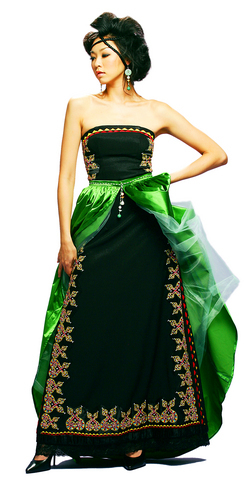
As a country with a long history of colonization by various nations, Taiwan is now an economically and politically independent entity striving to foster its own unique cultural identity.
Like the recent taike (台客) phenomenon, in which a younger generation took pride in the once defamatory term, the promotion of Taiwan Red signifies a renaissance of Taiwanese culture and introduces our local culture to international communities.
The brainchild of National Cultural Association (
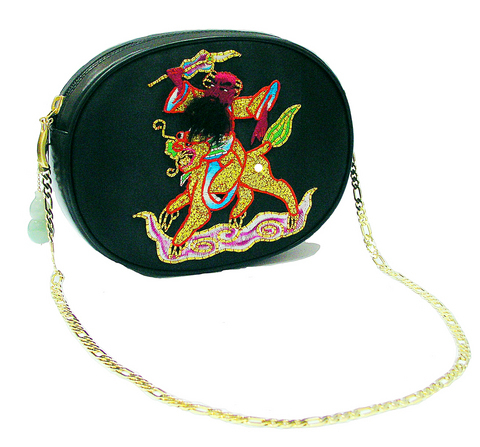
It is a festival color that symbolizes joy and happiness.
The color's code on the standard printing color chart is M100 and Y10, and it has a peachy pink tone. Shoutao (
To Chen Hsiu-huei (
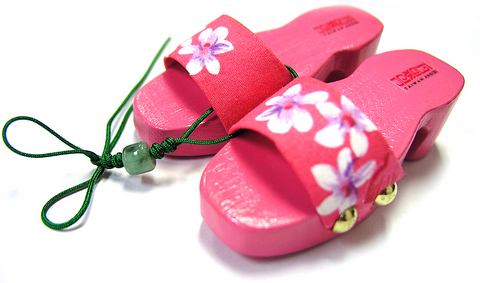
"My generation grew up impoverished. I remember when I was little, my mom would go to temples in plain clothes but she always insisted on wearing a dab of red on her lips and cheeks. So to me, the color represents hope in a time of scarcity," Chen said.
Taiwan Ang Co (
Now that baby boomers have grown up, their shared memories represent a sense of Taiwanese-ness. To people in their 40s and 50s, the color conjures up a smell, and images of family celebrations and festivities.
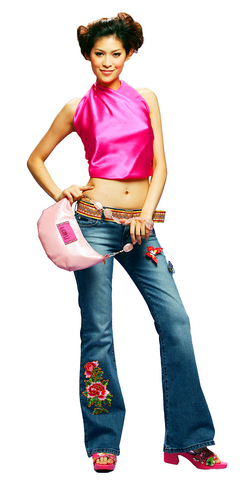
"The color is to Taiwan as the Christmas spirit is to Westerners," Lee said. Born and raised in an old and wealthy family in Keelung, Lee emigrated to Australia. To Lee, Taiwan Red captures the essence of Taiwan and helps the country gain international recognition.
As a designer and artist, Lee quickly answered the call from Tchen to build the country's international image through its cultural and creative industries.
Lee established her company Taiwan Ang in July and set up showrooms in the World Trade Center and at the Grand Hyatt in Taipei. She has since worked with several local artists and developed lines of products aiming to make Taiwan Ang a global brand name.
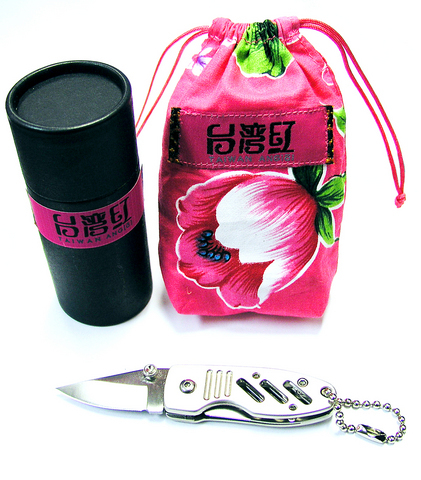
For designers Chien and Pan, traditional elements need to be cut, torn up and reconstructed to appeal to modern sensibilities. In their hands, the lines and shapes of peonies, traditional bridal cakes and red turtle cakes are transformed into asymmetrical patterns on flouncy dresses dripping down on the runway.
For Lee, the main task is to rediscover traditional handicrafts and Taiwanese cultural symbols and mold them into modern luxuries for international markets.
The exquisite woven cloth handmade by Yuli Taki (
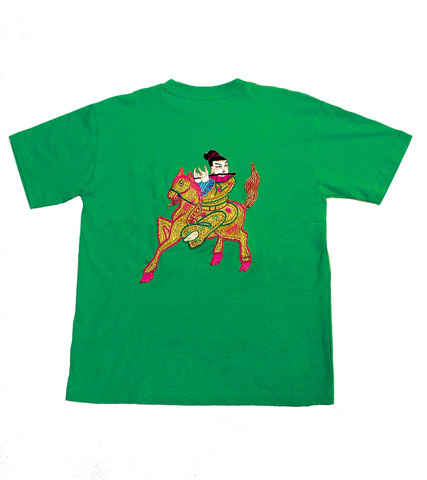
Traditional wooden clogs from Pei-mi Village (白米社區) are used as colorful decorations. Lee also designs several lines of accessories and clothes using the images of the eight immortals and ancient divinatory symbols.
The lines of the products are all designed to encompass the nuances of local culture and to represent the country's ethnical and cultural diversities.
"As a person who can cross between Taiwanese and Western cultures with ease, I am also familiar with the operation of branding on the global level. Tradition can be converted into innovation with the help of design concepts and modern techniques," Lee said.
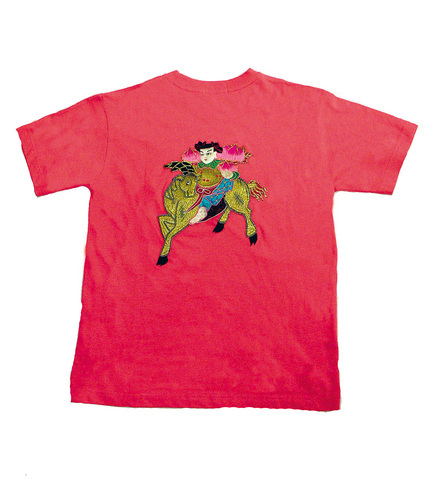
With more artists, designers and entrepreneurs joining forces to promote Taiwanese culture on the world stage, Taiwan is taking a big step forward to fostering a rich tradition of multiple identities that are recognized by the international community at large.
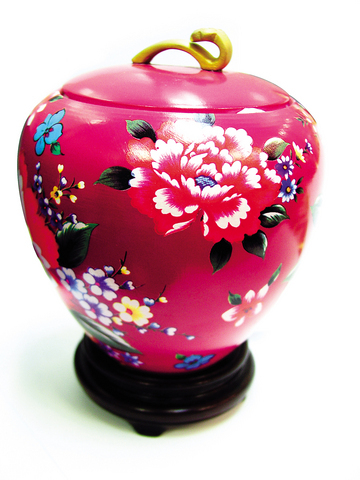

In the March 9 edition of the Taipei Times a piece by Ninon Godefroy ran with the headine “The quiet, gentle rhythm of Taiwan.” It started with the line “Taiwan is a small, humble place. There is no Eiffel Tower, no pyramids — no singular attraction that draws the world’s attention.” I laughed out loud at that. This was out of no disrespect for the author or the piece, which made some interesting analogies and good points about how both Din Tai Fung’s and Taiwan Semiconductor Manufacturing Co’s (TSMC, 台積電) meticulous attention to detail and quality are not quite up to

It is one of the more remarkable facts of Taiwan history that it was never occupied or claimed by any of the numerous kingdoms of southern China — Han or otherwise — that lay just across the water from it. None of their brilliant ministers ever discovered that Taiwan was a “core interest” of the state whose annexation was “inevitable.” As Paul Kua notes in an excellent monograph laying out how the Portuguese gave Taiwan the name “Formosa,” the first Europeans to express an interest in occupying Taiwan were the Spanish. Tonio Andrade in his seminal work, How Taiwan Became Chinese,

April 21 to April 27 Hsieh Er’s (謝娥) political fortunes were rising fast after she got out of jail and joined the Chinese Nationalist Party (KMT) in December 1945. Not only did she hold key positions in various committees, she was elected the only woman on the Taipei City Council and headed to Nanjing in 1946 as the sole Taiwanese female representative to the National Constituent Assembly. With the support of first lady Soong May-ling (宋美齡), she started the Taipei Women’s Association and Taiwan Provincial Women’s Association, where she

Mongolian influencer Anudari Daarya looks effortlessly glamorous and carefree in her social media posts — but the classically trained pianist’s road to acceptance as a transgender artist has been anything but easy. She is one of a growing number of Mongolian LGBTQ youth challenging stereotypes and fighting for acceptance through media representation in the socially conservative country. LGBTQ Mongolians often hide their identities from their employers and colleagues for fear of discrimination, with a survey by the non-profit LGBT Centre Mongolia showing that only 20 percent of people felt comfortable coming out at work. Daarya, 25, said she has faced discrimination since she